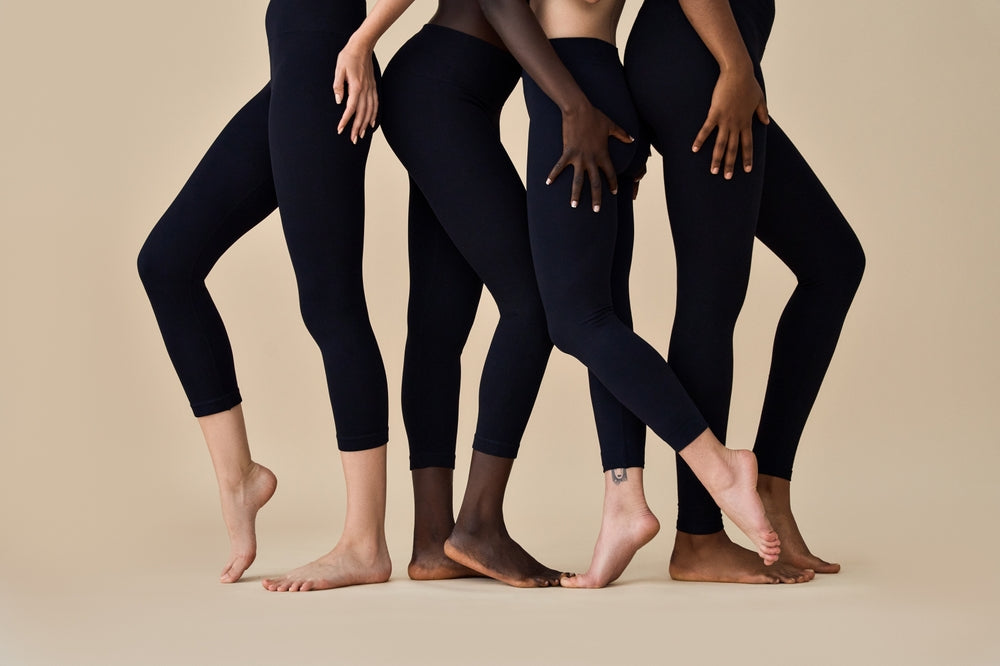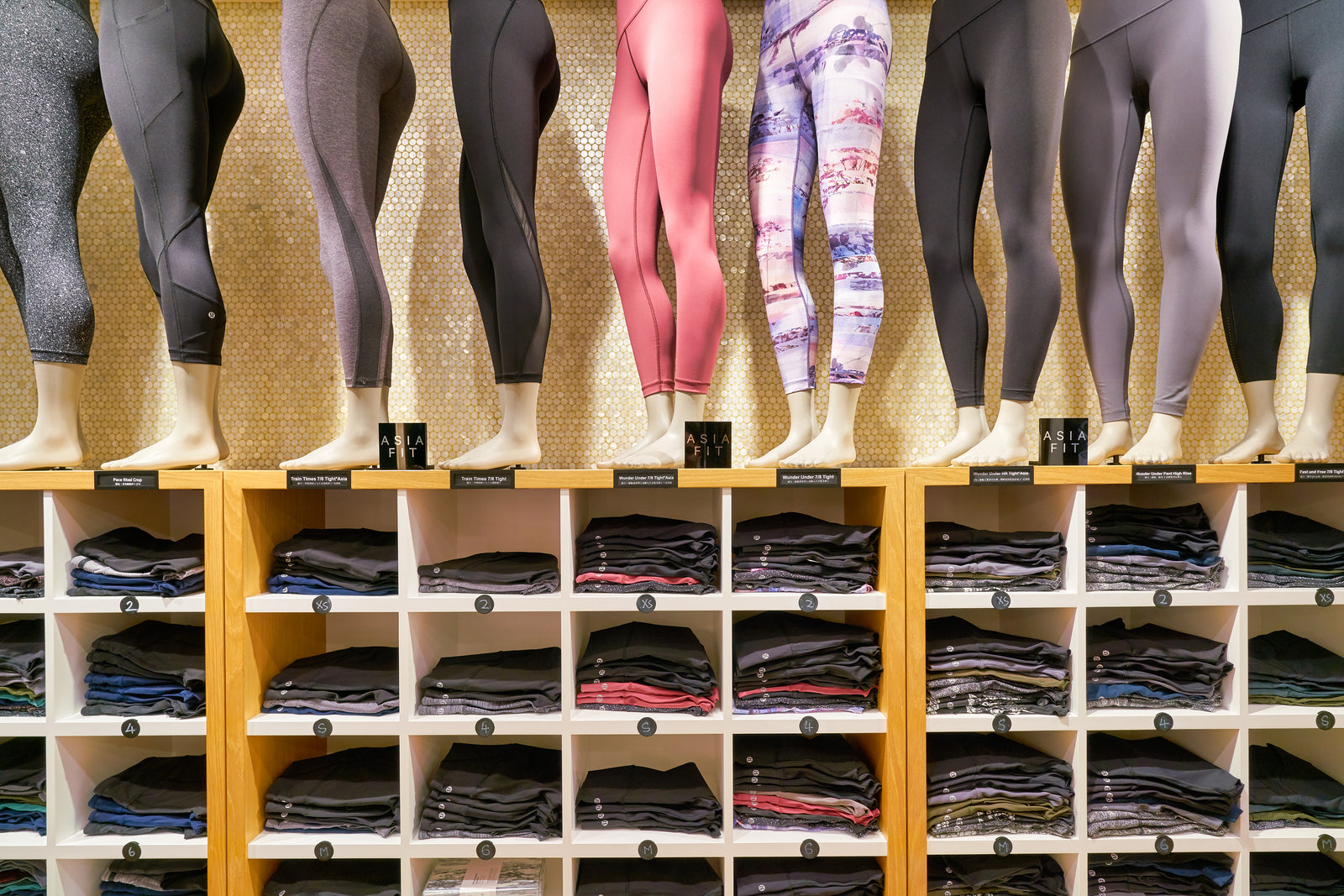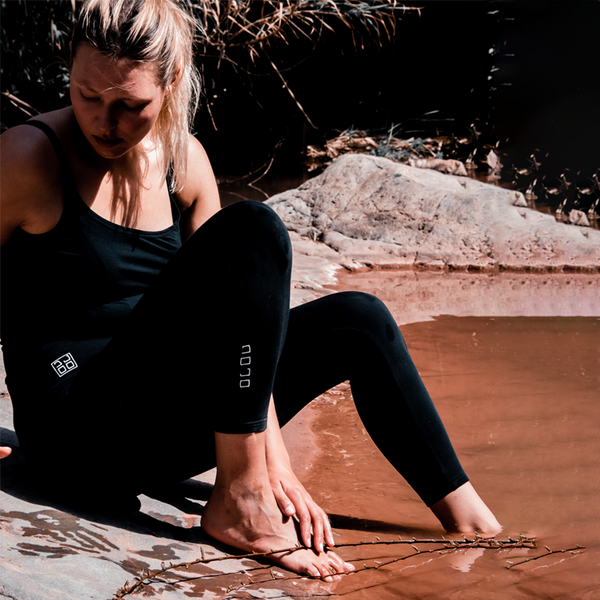Your Cart is Empty
Use code SUPERNATURAL for 25% off first order
Use code SUPERNATURAL for 25% off first order

4 min read
In the world of fashion, the fabrics we choose play a significant role in our comfort and confidence. However, beyond aesthetics, there's a hidden battle happening on the fabric front – a battle against bacteria and bad odors. Synthetic fibres, although praised for their durability and versatility, come with a drawback that often goes unnoticed: their inability to absorb moisture and sweat. This flaw paves the way for bacteria growth, leading to unpleasant odors emanating from our clothes, which we are attempt to hide with chemical deodorants and perfumes. In this blog, we'll explore why apparel made from synthetic fibres tends to be more prone to bacteria growth and the unwelcome scent that follows. But fear not, there's a solution that lies in the natural realm, particularly within moisture-wicking natural fibres like cotton. We will also explore ground-breaking bio-technologies in the world of “healthy clothing”.
Synthetic fibres, including polyester, nylon, and acrylic, have become staples in the textile industry due to their cost-effectiveness and durability. However, their moisture management abilities are far from ideal. Unlike natural fibres, synthetic materials don't possess the ability to absorb moisture and sweat. Instead, they trap moisture on the skin's surface, creating a humid environment that's perfect for bacterial growth. This not only causes discomfort but also the notorious odors we sometimes associate with our clothes and can even lead infection, which is why gynaecologists recommend buying underwear exclusively from natural fabrics.

Bacteria thrive in warm, moist environments – exactly the kind that synthetic fibres create. As bacteria multiply, they break down sweat and dead skin cells, releasing compounds that emit unpleasant odors. These odors can become particularly pungent in clothing made from synthetic fibres, resulting in the need for frequent washing and the rapid deterioration of the fabric's freshness.
Natural fibres, especially those with high moisture-wicking properties, offer a solution to this persistent problem. Among them, cotton stands out as a star player. Cotton fibres have an inherent ability to absorb moisture, drawing sweat away from the skin and allowing it to evaporate. This moisture-wicking capability creates an environment that's less hospitable to bacterial growth. As a result, clothes made from cotton tend to remain fresher for longer, minimizing the risk of unpleasant odors.
A study comparing Microbial Odor Profile of Polyester and Cotton Clothes after a Fitness Session demonstrated much higher rates of bacterial growth on the synthetic textile samples. As a result, “the polyester T-shirts smelled significantly less pleasant and more intense, compared to the cotton T-shirts”.
While natural fabrics far outperformed synthetics in general, one particular genus of bacteria was shown to thrive on both the polyester and cotton garments. The Staphylococci strain, which includes 43 species, appears to be less selective of it’s environment. This hardy family of bacteria, which have developed strong anti-biotic resistance can lead to both staph infections and sepsis. While fabric composition, ergo environmental conditions, play an important role in reducing bacterial growth and consequently, unpleasant odor, it only half of the battle.
So, although natural materials such as cotton are clearly a better choice than synthetics for odor reduction, they are far from perfect. Aside from optimisation of fibre construction, the war on bacteria can be stepped up with the addition of special coatings or treatments onto the base material. The emerging realm of these “smart-textiles” or “healthy clothing” has faced challenges but now seems ready to gain traction.
Nano silver has long been used as an anti-bacterial agent in wound dressings and more recently in some performance clothing such as with Ionic+™, an antimicrobial fabric produced by Nobel Biomaterials.
However, concerns surround the toxicity of these metal-based additives and their impact on our ecosystems. Furthermore, the true effectiveness of silver as an anti-microbial agent remains unclear.
More recent developments within the the textile space have utilised non-metal organic mineral application with great success. So far, this innovative fabric-tech has mainly been implemented in the medical space, such as with Barco One Wellness’s range of doctor’s and nurse’s scrub outfits.
Naturally (or not so naturally in this case), affordability and therefore low production cost is an essential requirement for the medical industry. So, these products are made from entirely (cheaper) synthetic material, thus negating the technology’s gains.
New UK start-Up Dojo Sportswear have implemented cutting-edge bio-tech in combination with natural cotton fabric, culminating in their pilot product, Dojo Yoga Leggings.
The patented mineral treatment, which contains zero heavy metals, further increases the cotton’s absorbency and moisture-wicking ability (drying up to 10 times faster than regular cotton). But crucially, the specially selected minerals applied to the cotton actually work on a microbiological level by inhibiting the cellular function of bacteria. The organic nano particles actively block enzymes that usually transport nutrients between bacteria cells and also slow down their metabolic pathways. The results of which, have been proven to reduce the presence of even Staphylococci bacteria by up to 86%, under independent SGS certified testing.
Dojo’s revolutionary enhanced cotton can therefore be considered dual-action in the fight against bacteria and odor.
Apparel made from synthetic fibres might have their merits, but they also come with a notable drawback: their inability to manage moisture effectively, leading to bacterial growth and odors. The solution lies firstly, in embracing natural fibres, particularly those like cotton that possess superior moisture-wicking properties. If you want to take your hygiene to the next level without compromising on sustainability, look out for cutting-edge brands incorporating (non-metallic) mineral treatments.
By opting for clothing that supports a healthier, fresher experience, we not only enhance our comfort but also make a conscious choice towards a more sustainable and odor-free wardrobe. So, the next time you're considering what to wear, remember that the secret to staying fresh might just be in the fabric itself.Comments will be approved before showing up.

4 min read
If you’re going to be wearing something on a pretty much daily basis and you’re a health-conscious person, then you want to be sure it’s safe and non-toxic, as well as stylish and comfortable right?
Let's examine the pros & cons of nylon, polyester, and organic cotton leggings.

5 min read
Recently, cotton leggings have emerged as a popular alternative to synthetic materials like nylon and polyester. As they are said to be healthier and safer due to not containing toxic compounds like PFCs.
So, let’s examine the properties of cotton leggings in detail, in comparison to their synthetic counterparts. To see if cotton leggings really are better for you.

4 min read
Could exercise be harming your health? That depends on what you're wearing! Yoga pants and gym leggings sold by Lululemon and other top sportswear brands contained toxic PFAS, according to testing done by consumer health activist body, Mamavation.
In this blog we discuss: why this exploitation of consumer health has persisted; what the actual health risks are and their severity; as well as introducing the non-toxic alternative.

Use code SUPERNATURAL at checkout